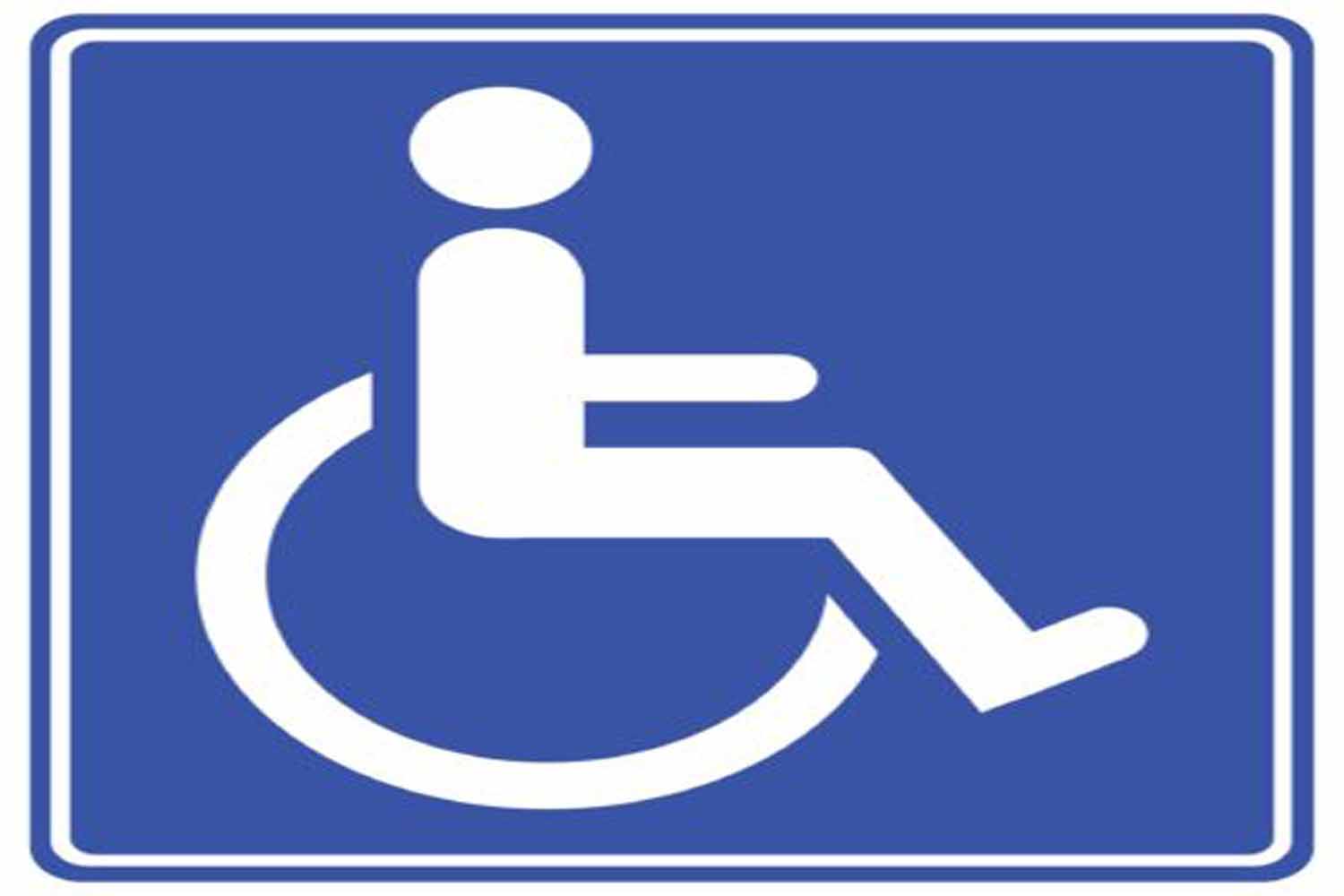On September 29, 2016 the Florida Supreme Court amended rules 4-1.1 and 6-10.3 to the Rules Regulating The Florida Bar. As a result, Florida attorneys will now be required to obtain 3 credit hours of CLE in approved technology programs. Further, language was added to the Comment to Rule 4.1.1 Competence, which reads as follows:
Competent representation may also involve the association or retention of a non-lawyer advisor of established technological competence in the field in question. Competent representation also involves safeguarding confidential information relating to the representation, including, but not limited to, electronic transmissions and communications.
What does this mean for litigators dealing with electronic evidence? I like to say that the realm of eDiscovery is a melding of legal and IT, two groups of professionals who speak different languages, and who under typical circumstances do not care to speak the language of the other. We have all heard that attorneys speak legalese, and we know of the “IT speak” that flies over the heads of IT industry outsiders. How can we manage the additional eDiscovery industry terminology that is a necessary part of the conversations between IT and legal that surround litigation or a government investigation? At the time of my entry into the field of eDiscovery in 2013, I had not even heard of the term metadata, much less jargon like DeNIST, TIFFing, load file, and so on.










